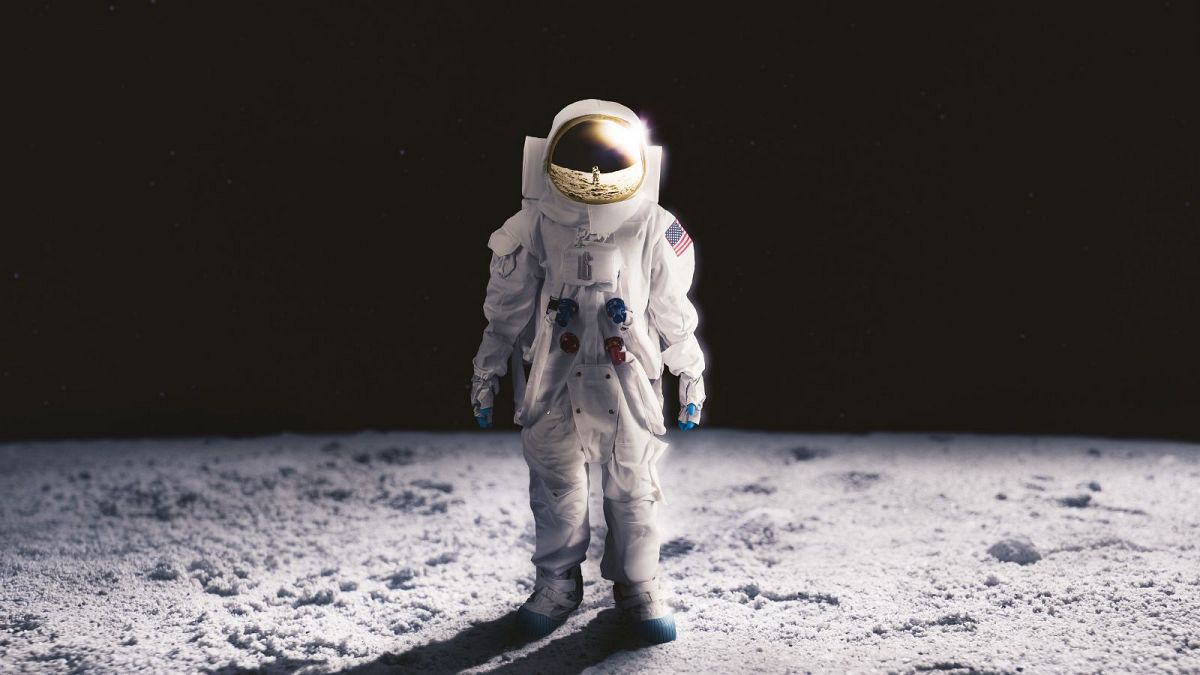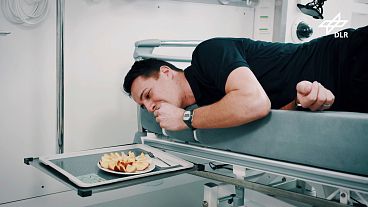From ultrasound technology to pioneering surgical techniques in microgravity, radiology could play a major role in space medicine.
With space missions booming, astronauts must prepare to ensure that any hiccup can be overcome quickly.
But when it comes to planned journeys to the Moon and perhaps in a not-so-distant future Mars, the distance will be too great for astronauts to be repatriated to Earth in a health emergency.
"Surgery in space is not feasible, so the only technique we have for treating patients is interventional radiology," said Professor Vincent Vidal, who has developed a medical imaging "toolbox" called the "Mars IR Tool Box" (Mitbo).
Ultrasound machines are the only imaging technology available in space and are used in the International Space Station (ISS) for diagnostic purposes.
However, for deep space missions, the challenge is to use them for treating urinary retention, gallstones, or draining pus from an abscess due to appendicitis.
"We are developing devices that allow us, under ultrasound guidance, to enter the body for drainage using probes, drains, and catheters," said Vidal.
"It is essential to empower astronauts in managing potential complications," said Alain Luciani, the French Society of Radiology (SFR)’s general secretary, as the communication delay between Mars and Earth can be up to 45 minutes.
An operation divided into 22-second segments
This summer, a scientific experiment took place for two weeks under extreme conditions in the Swiss Alps as part of the Asclépios III project.
It was "in a bunker to simulate a mission to the Moon and develop space medicine," said one of the young selected astronauts, Baptiste Rubino Moyner, aged 25.
He was trained to perform ultrasound-guided drainage on a plastic abdomen. He was successful in the procedure using a tablet and a portable ultrasound device equipped with a guidance system developed by Canon.
"These procedures have never been done in space, if we participate in the parabolic flight next year, it will be the first time this procedure is performed in microgravity," said Vidal.
The next step will be to test the feasibility of this practice during a zero gravity (zero-G) flight.
A zero-G flight replicates the effects of microgravity for 22 seconds and is repeated around 30 times. Testing the procedure will require dividing it into 22-second segments.
‘In microgravity, the liquid will spread everywhere’
"During microgravity, the body loses its bearings, affecting its movements," said Laurence Boyer, head of lunar healthcare at the Institute of Space Medicine and Physiology, the health subsidiary of the French Space Agency (CNES).
Since 2020, the French Society of Radiology (SFR) has been working with CNES to adapt imaging solutions to the extra-orbital constraints alongside industry partners.
"These may not necessarily be mind-blowing technological innovations, but we need to reconsider the equipment," said Vidal.
"In microgravity, when you insert a needle into an abscess, the liquid will spread everywhere inside the capsule. Therefore, we need a valve on the drain," he added.
The packaging also has to be adapted. All tools must have a means of attachment and an autonomous power source.
The objective is to "be able to miniaturise devices, automate guidance systems, make them lighter and more user-friendly," said Luciani
He’s convinced that "there will be a direct benefit for our patients on Earth," whether it’s in challenging healthcare conditions or during humanitarian missions, such as in areas with military operations.



